The UK’s cost of living crisis continues to dominate the headlines. Soaring interest rates and rising inflation has led to a fall in ‘real’ disposable incomes. Meanwhile, sky-high energy prices are further exacerbating the issue. As a result, most households have seen their utility bills increase significantly this year. So, as winter looms, it’s never been more important to keep a close eye on how to save electricity and ultimately energy expenditure.
Our key kitchen appliances are essentials we can’t live without. But implementing even small changes to the way we use them can make a big difference to our energy bills. Thankfully, assistant product manager Ashley has lots of expert tips to help you use your appliances more efficiently. So, read on to discover how to save electricity in your kitchen:

According to the Association of Manufacturers of Domestic Appliances (AMDEA), households can reduce their utility bills by around £500 a year, simply by making small changes to the way they choose and use their household appliances. As AMDEA members, we’re fully behind its “Know Watt’s What” campaign. This commendable initiative aims to help consumers use their appliances’ features better, choose energy-efficient replacements and preserve performance with good maintenance.
Did you know that fridges and freezers account for around 13%* of the average household’s energy bills? Yet it’s unrealistic to expect a fully-functional modern kitchen not to have them. Unlike other appliances which can be used less frequently, by their very nature, fridges and freezers need to stay on all the time. As a result, these are continually drawing power to maintain a constant temperature. So, that might seem like a problem if your goal is all about how to save electricity in your kitchen. Nonetheless, there are still a number of meaningful steps you can take to reduce these appliances’ energy consumption.
First and foremost, invest in the best. Your fridge-freezer is usually one of the longest lasting appliances in your home. So, it’s really worthwhile getting as much bang for your buck as possible. In particular, pay close attention to the energy ratings. The more energy-efficient an appliance is, the more economical it is to run. For example, choosing a fridge freezer with an energy class up could save you as much as £58 a year. In fact, over time, those savings really add up. Eco and Holiday modes, as incorporated in our CAFF46GM French Door Fridge Freezer, will also save you energy and money.
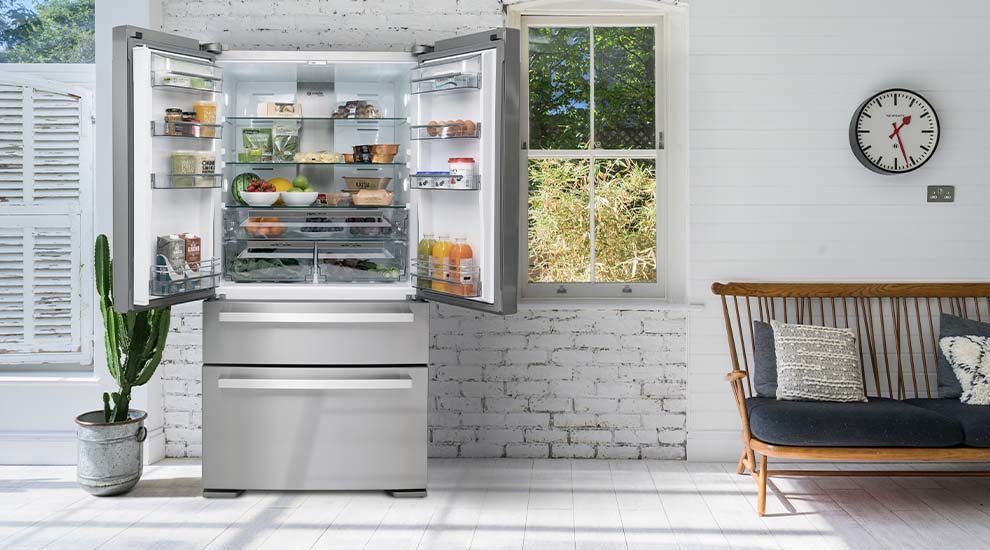
My other top tips for how to save electricity with these appliances? Keep your fridge full but don’t overcrowd it. That’s because keeping air cold uses more energy than refrigerating the actual food. Don’t leave your fridge and/or freezer door open for longer than necessary either. Also, position your appliance away from direct sunlight and heat sources. And always make sure your fridge/freezer is operating at the optimum temperature.
Priced at £1,822, our spacious CAFF46GM Gunmetal French Door Fridge Freezer is ideal for busy family households. Its super-cool and super-freeze functions ensure the food stored within reaches the desired temperature quickly. Our signature Caple Cool airflow system keeps everything an at even temperature too.
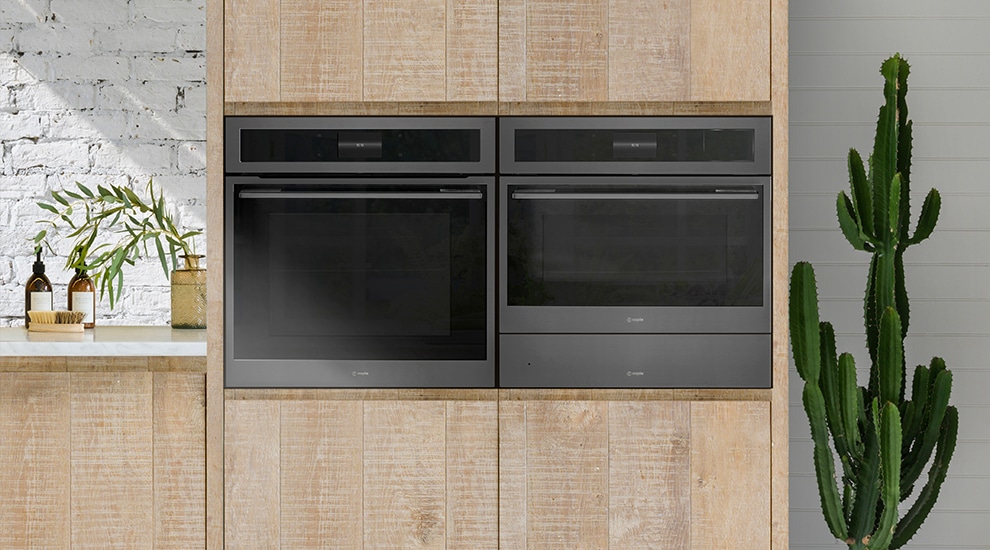
Any meaningful recommendations on how to save electricity in your kitchen should include some practical advice on ovens. In fact, switching up your cooking routine could well hold the key. If you haven’t already, why not embrace meal planning and batch cooking? That’s because warming up meals uses less energy, while cooking larger quantities saves it.
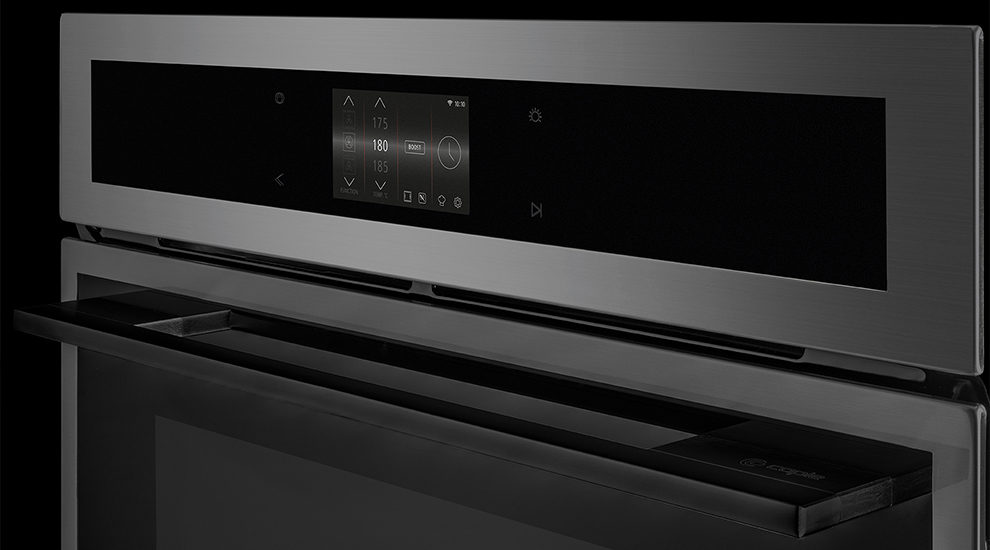
Another top tip is to remove any accessories, such as extra trays and grids, that use up heat. In addition, skip the preheat function. Many dishes, like roasts and casseroles, can be placed straight into a cold oven, especially if it’s fan-assisted. In fact, according to AMDEA, using the fan rather than the conventional oven setting can easily save you £20 a year. Also, if your oven has them, take full advantage of handy extras, such as timers, automatic cooking programmes and other Smart features. After all, these help to avoid wasting energy and ensure perfectly cooked food.
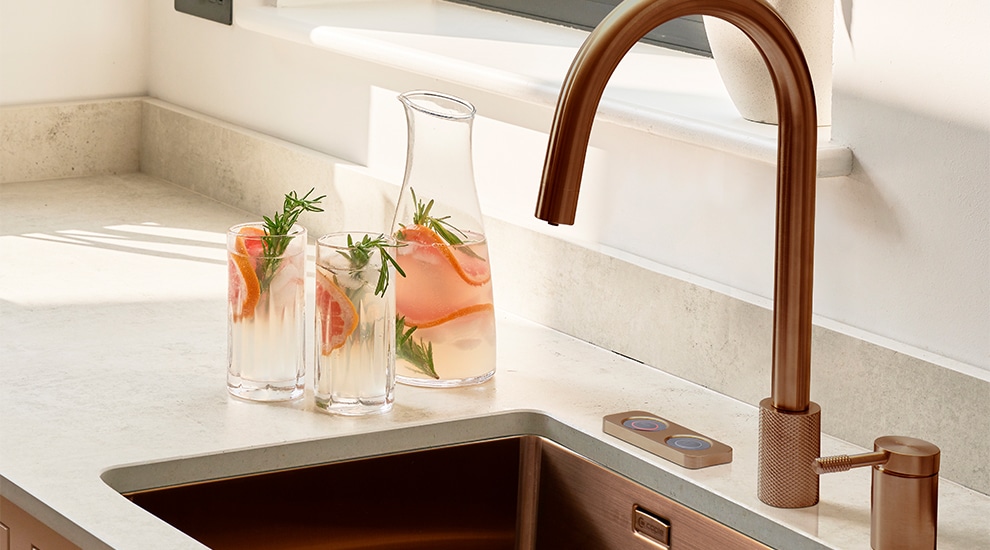
While your oven is the hero of your kitchen, getting creative with other cooking options can save you energy, time and money. Instead of wasting energy bringing cold water to the boil in a pan, use a hot water tap, such as our Fosso. Boiling water taps are great for making tea and coffee as they expend much less energy than a traditional kettle.
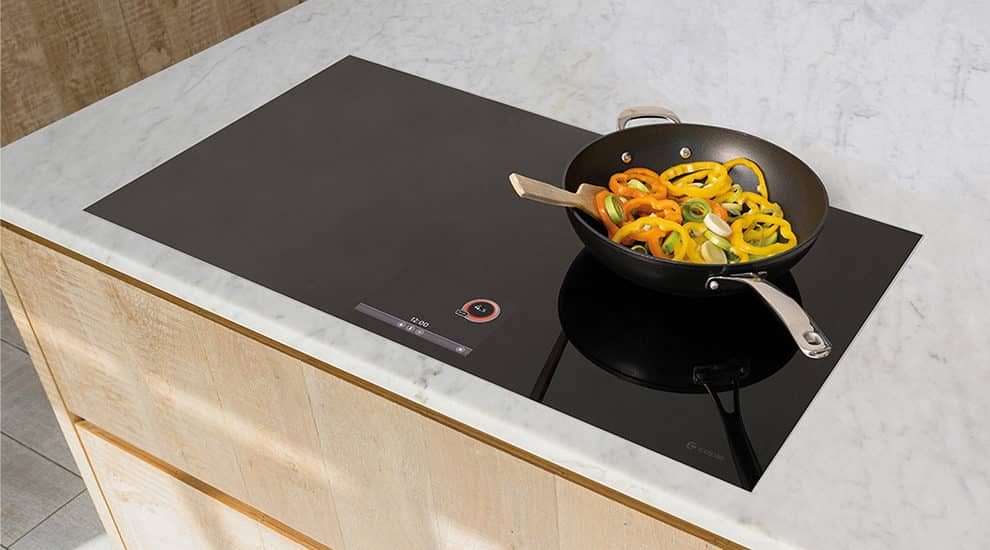
Induction hobs are yet another energy-efficient option. They work by creating a magnetic field between the hob and the pan. Only the area underneath your cooking vessel heats up, meaning there’s no wasted heat.
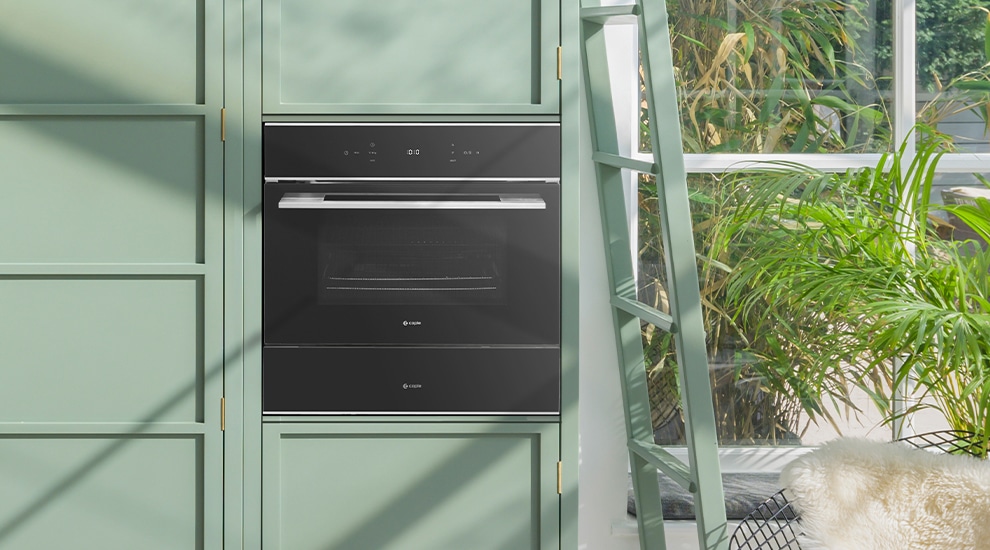
Lastly, make the most of your microwave. Did you know it can cost just 4p to cook a baked potato this way, compared with £1.04 in an oven? Combination models with built-in convection ovens offer even more versatility, too with subsequent electricity savings.
Our CM111SS Built-in Combination Microwave incorporates ten functions and ten power levels for maximum versatility. Additional features include a programmable electronic timer, chrome shelf rack with three positions, and a double-glazed removable door. This model speeds up cooking times and is priced at £1,130
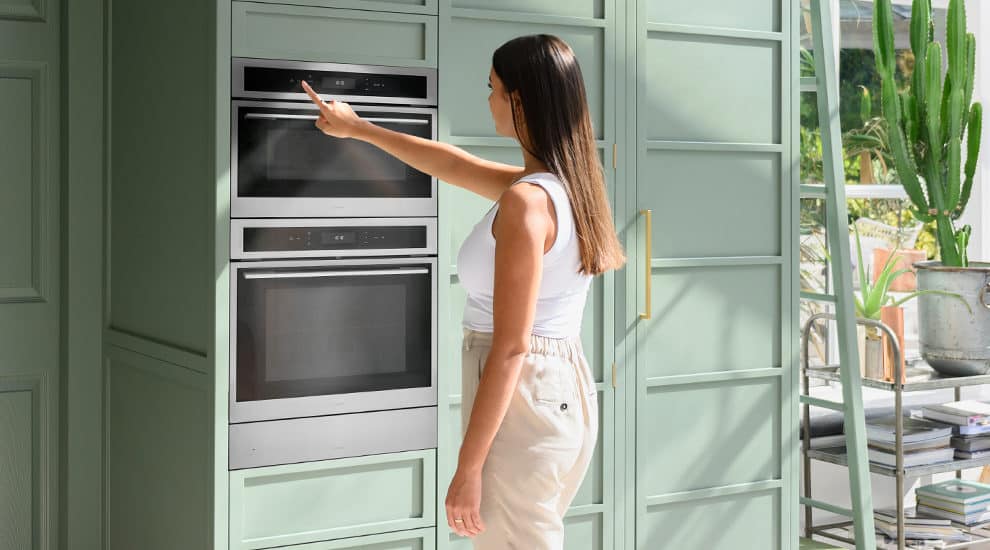
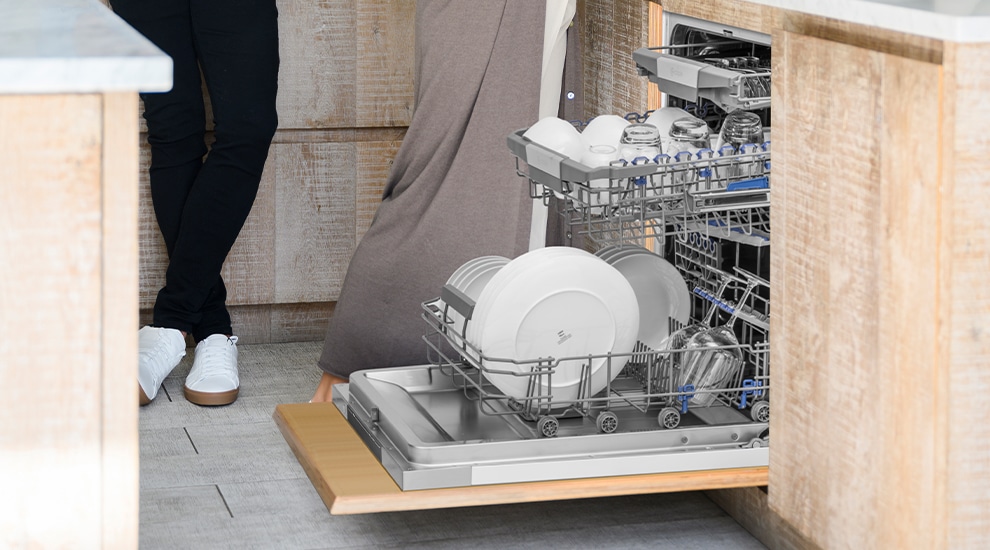
Washing machines, tumble dryers and dishwashers are some of the worst offenders in terms of energy consumption. They account for 14%* of a typical energy bill. Yet each one is part and parcel of modern life. So, how to save electricity with these appliances revolves around savvy usage strategies. Think lower temperatures, where possible, and opt for full loads. I also suggest you save the pre-wash function for heavily soiled laundry only.
Look for models, such as our WMi4001 Fully Integrated Washing Machine, that automatically adjust the water level needed according to your washing quantity and type. Features such as a Rapid programme and Delay start button (useful if you’re on a ‘time of use’ energy tariff) will also decrease your electricity expenditure. Regular use of the Eco mode could also save you up to £54 per year.
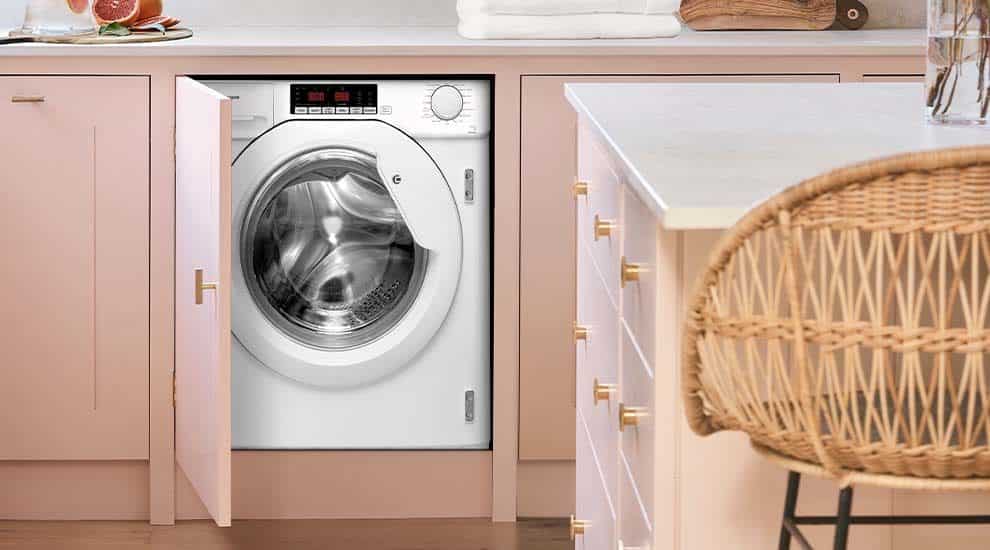
Priced at £936, our WMi4001 washing machine has been designed to accommodate busy households with a variety of washing needs. With an impressive 1400rpm, spin speed is high, so more water is removed from items. Its programmes include Rapid (the shortest wash takes just 14 minutes) and a 20°C Eco setting, both of which combine excellent performance with minimal energy consumption.
The great news about dishwashers is that they are usually more energy-efficient than hand washing, because they actually use far less water. However, like your washing machine, you should only run it when it’s fully loaded (but not overloaded). You should always choose the Eco cycle too, as this could save you £37 per year. In addition, take a few seconds to remove any large residue before you hit the start button, to benefit from more efficient cleaning.

Our Di653 Fully Integrated Dishwasher achieves exceptional cleaning with a 360° water spray arm and three spray levels. It offers eight different programmes, including a 35°C Party mode for lightly soiled loads, a 50°C Eco cycle, and a special Hygiene setting, which sanitises bacteria at 70°C. This model is priced at £1,063.
No article on how to save electricity in your kitchen would be complete without a special mention of your tumble dryer. I know how invaluable these can be when you have multiple loads of laundry to dry, and it’s raining sideways outside. Tumble dryers are known for being costly to run. However, one way to minimise this is to buy an energy-efficient model with a heat pump, instead of a condenser, such as our TDi4001 Fully Integrated Tumble Dryer. These appliances recirculate warm air back through the drum, so it’s reused to dry clothes faster. According to AMDEA, a heat pump tumble dryer (as opposed to a condenser model) could save you £130 a year. Other strategies to save electricity include maintaining your filters. And only tumble dry laundry that has already been spin-dried, (or at least thoroughly wrung) to shorten the drying time needed.
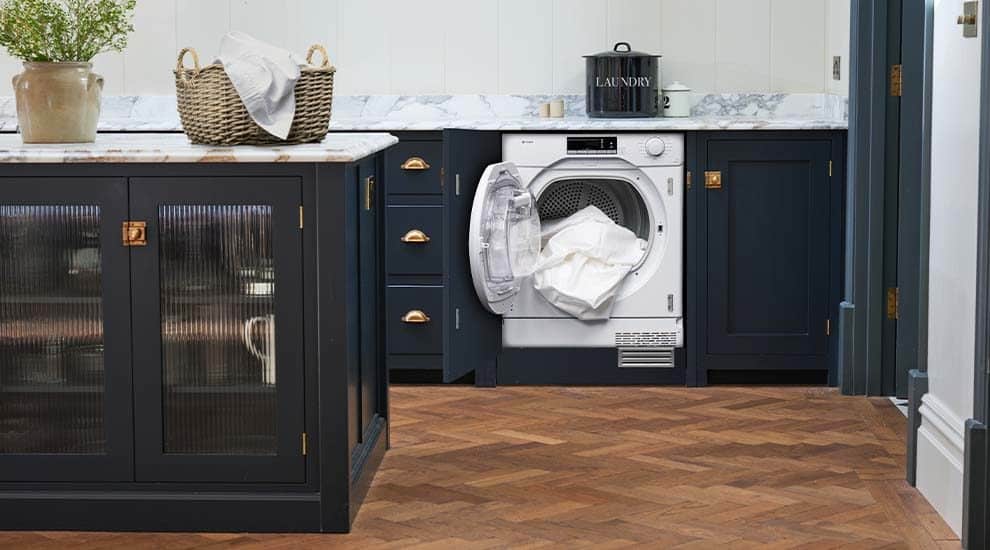
Priced at £1,106, our TDi4001 tumble dryer incorporates a heat pump and sensor drying. The latter monitors’ moisture and humidity levels in laundry, in order to finish the programme as soon as the items are dry. This model uses around 50% of the energy compared with a conventional appliance.
Want to embrace sustainable living but not sure where to start? Our blog by product manager Luke explains how you can make a difference in your everyday life